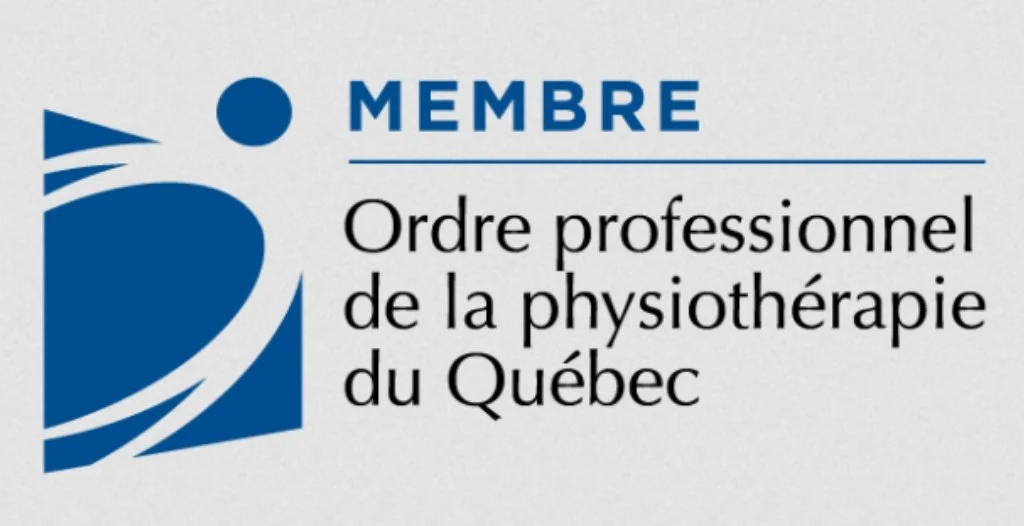When talking about back pain, upper and low back issues are commonly seen. Even though we do not often hear about pain in the thoracic region (the mid-back), it is nevertheless an area that plays a significant role in problems in other segments of the spine and even in the arms.
Considering the spine is a chain, issues that arise in the neck and in the low back can indeed come from the thoracic spine. A significant lack of mobility or faulty biomechanics in the thoracic zone can lead to pain and tension in the neck, the lumbopelvic area (the low back and the pelvis), the shoulders, and the arms. The fact that arm movements entail vertebral movement and muscle activity in the thoracic area demonstrates the link between these two parts of the body. Therefore, treatment of the neck, the low back, the shoulder, and the arm can involve the thoracic region.
